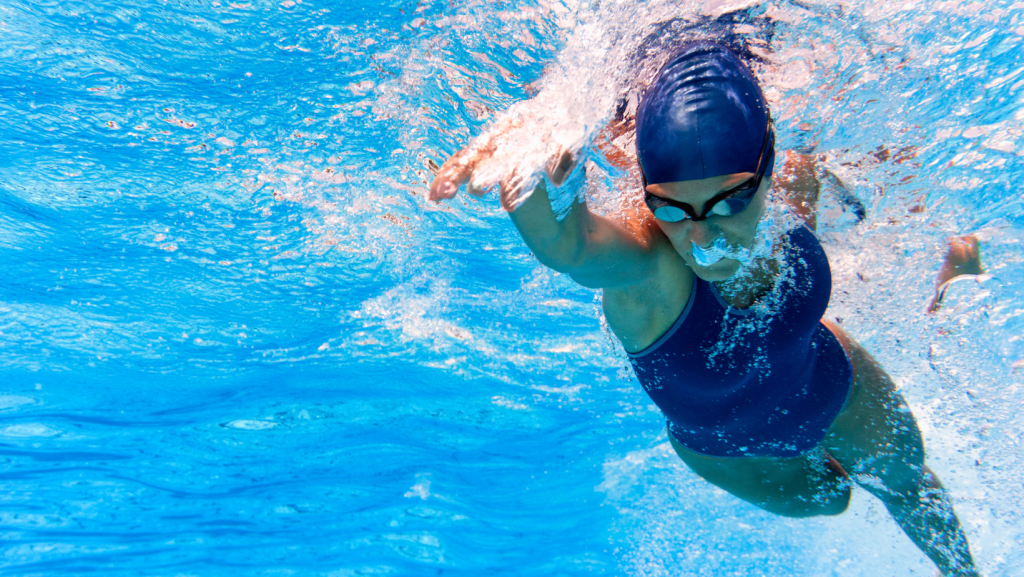After swimming, soaking in a hot tub or even the bath, make sure you dry your ears. If not, moisture can become trapped within your ear, removing protective ear wax and softening skin – making it easier for germs to access the ear canal and multiply…and that, my good friend, is swimmer’s ear.
Swimmer’s ear differs from middle ear infections (which are deeper within the ear, behind the eardrum) brought on by childhood colds. It is an infection and inflammation of the ear canal (which runs from the outside of the ear to the eardrum) that can present as itchiness in the ear and tenderness or pain if you tug or press on the ear. In severe cases, swimmer’s ear can result in a foul smelling, yellowish discharge, a high fever and – depending on the extent of ear canal swelling – muffled hearing.
Although swimmer’s ear is typically linked to swimming, you can also get it on dry land if you’re not careful. Often underrated, ear wax helps our bodies naturally protect against germs in the ear canal. When we disturb it or rub it away with ear plugs, earbuds, cotton swabs or our fingers, it’s easier for germs to do their thing. Hair products, jewelry and skin issues such as psoriasis and eczema can also irritate skin, raising the odds of contracting swimmer’s ear.
While anyone can get swimmer’s ear, it is most commonly seen in children and early teens, since narrow (not fully grown) ear canals do not drain as well. If a person afflicted with swimmer’s ear receives treatment from a doctor – which usually consists of an examination, gentle cleaning and a prescription to fight the infection and possibly reduce swelling, symptoms should subside within two days. If treatment was delayed, it could take longer.



 Hosting NSB
Hosting NSB